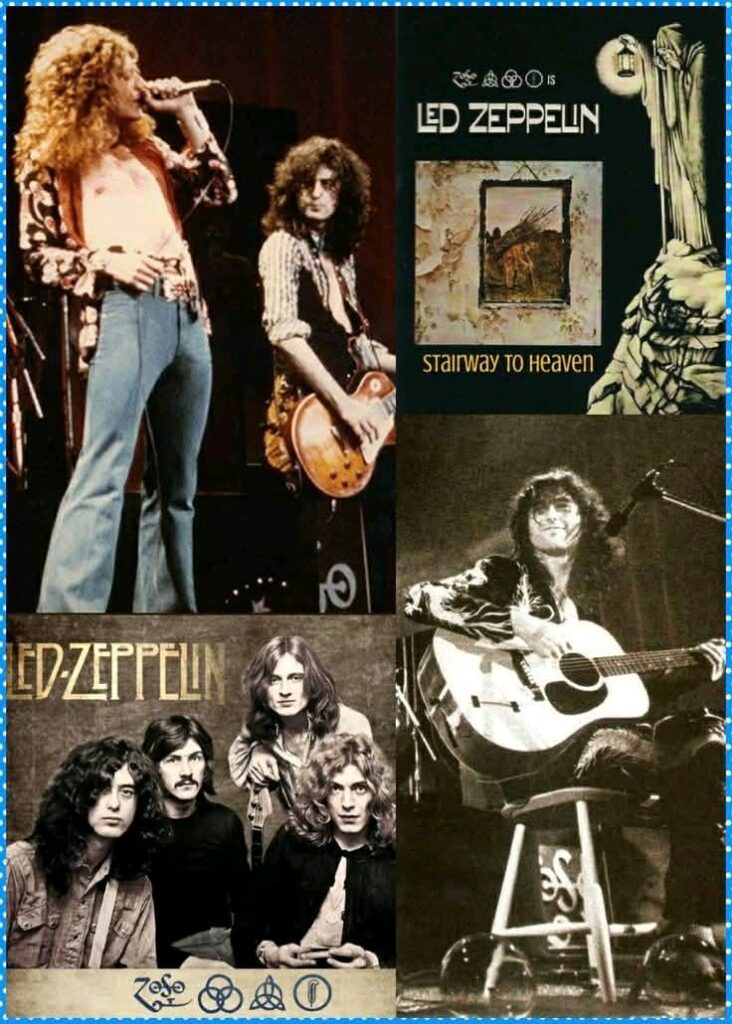Led Zeppelin’s concert in Sydney on February 27, 1972, at the Sydney Showground was a landmark moment in Australian rock history. As part of their first and only Australasian tour, the band delivered a blistering performance under a scorching summer sun, thrilling a crowd of over 25,000 fans. The setlist featured explosive renditions of classics like “Immigrant Song,” “Black Dog,” and an extended “Dazed and Confused,” showcasing their raw power and improvisational prowess. Despite some technical issues and the open-air venue’s limitations, the energy was electric, and Robert Plant’s soaring vocals, Jimmy Page’s virtuosic guitar work, John Bonham’s thunderous drumming, and John Paul Jones’s versatile musicianship left an indelible mark on all who witnessed the legendary show…….
Absolutely! Here’s an 800-word news-style article based on your prompt:
Legendary Thunder Down Under: Led Zeppelin’s Explosive 1972 Sydney Show Becomes a Defining Moment in Australian Rock History
On February 27, 1972, Sydney was not just a city—it was the epicenter of rock and roll. That day, the world’s most powerful rock band, Led Zeppelin, descended upon the Sydney Showground, delivering a concert that would become etched in the memory of over 25,000 fans and enshrined in the annals of Australia’s musical legacy.
It was the band’s first and only Australasian tour, a short yet explosive run that brought them through cities like Auckland, Melbourne, and Brisbane. But Sydney—Sydney was something else. Under a scorching summer sun, amid sweat, sound, and sheer sonic force, Led Zeppelin made history.
A Day Like No Other
The Sydney Showground, more accustomed to agricultural fairs and sporting events, had never seen anything quite like this. From early morning, thousands of fans gathered—some camping out overnight—to secure their spot near the front. By the time the band took the stage, the atmosphere was fever-pitched.
It wasn’t just a concert. It was a cultural shift. Australia’s rock scene had been growing steadily, fueled by local talent and imported vinyl. But nothing could prepare fans for the earthquake of energy that was about to hit the stage.
The Setlist That Shook the Ground
Led Zeppelin opened with their trademark ferocity, launching into the roaring “Immigrant Song”, Robert Plant’s Viking wail cutting through the open air like a blade. The band flowed effortlessly into “Heartbreaker”, with Jimmy Page’s guitar solos igniting the crowd.
From there, the set was a masterclass in power and finesse. “Black Dog” had the audience moving as one, driven by John Paul Jones’s hypnotic bassline and Bonham’s steady, bombastic pulse. A particularly electrifying performance of “Since I’ve Been Loving You” showcased the band’s blues roots, with Plant’s emotive delivery matched note for note by Page’s weeping guitar.
But it was the extended version of “Dazed and Confused” that truly stole the show. Clocking in at over 20 minutes, the performance became an odyssey—Page bowing his guitar in a spectral solo, Bonham and Jones locking into a groove so deep it seemed to pulse with the heartbeat of the earth. It was in this moment that the open-air venue transcended its physical boundaries and transformed into a cathedral of sound.
Struggles Beneath the Surface
As iconic as the performance was, it wasn’t without challenges. The open-air setup posed serious technical hurdles—wind interference, feedback issues, and a rudimentary PA system all tested the limits of the band and crew. At one point, a delay in the monitors forced Plant to adjust mid-song, yet he never missed a beat. The crowd, undeterred, roared louder, offering energy in return for every ounce the band poured out.
Stage security was minimal, and fans pressed forward, desperate to get closer to the music. Despite the chaos, there was an unspoken unity between artist and audience—a mutual recognition that something once-in-a-lifetime was taking place.
A Band in Their Prime
In 1972, Led Zeppelin was at the pinnacle of their powers. Their fourth album, containing “Stairway to Heaven,” had already shifted the rock landscape. Onstage, they were untouchable—tight but unrestrained, professional yet wild. Each member played not only as an individual force but as part of a living organism.
Robert Plant, shirtless and golden-haired, strutted across the stage with a lion’s confidence. His voice, soaring and serpentine, filled every corner of the venue. Jimmy Page was a figure of mystery and fire, conjuring riffs from his Gibson Les Paul like a warlock with a wand. John Bonham’s drumming was simply otherworldly—his double kick technique and complex fills unmatched. And John Paul Jones, ever the quiet genius, shifted seamlessly between keys, bass, and rhythm guitar, grounding the band with cool, calculated brilliance.
The Aftermath
As the final encore faded into the evening air, the crowd stood in stunned silence before erupting into an ovation that echoed across Sydney. Many who were there would go on to describe it as the greatest concert they’d ever seen. For those too young or too far to attend, it became a legendary tale passed down—Zeppelin in Sydney, a moment that proved Australia was on the global rock map.
Though no professional video footage exists of the event, bootleg recordings and grainy photographs have kept the memory alive. Each note captured feels like a relic, a sacred piece of a day when the gods of rock stood tall under the southern sun.
A Legacy Cemented
Looking back, the 1972 Sydney concert wasn’t just a stop on a tour. It was a rite of passage—for the fans, for the country’s music scene, and for Led Zeppelin themselves. It showed that their reach wasn’t limited to Europe or the U.S.—their impact was truly global.
Today, as fans rediscover the concert through remastered bootlegs and shared stories, the magic is alive again. That day at the Sydney Showground remains a beacon of what rock music can be: raw, transcendent, and unforgettable.

